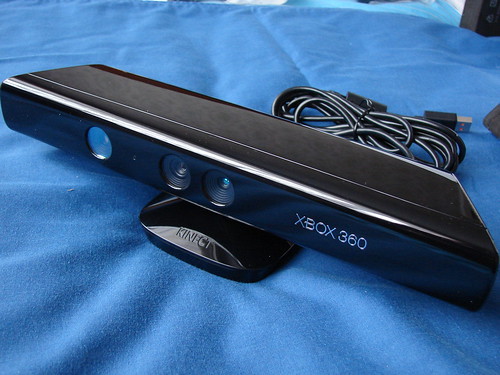I’m currently running CyanogenMod 7.1 on my Barnes & Noble Nook Color and I absolutely love it. I feel like I’m living in the future when I use this thing. However it’s not perfect, and I have rectified a couple of annoyances that I should document here for anyone else with these problems who should wander by.
Old Android Market installed
I’m running CyanogenMod 7.1 on both my Droid phone and my Nook Color tablet, but for some reason one of them had an old version of the Android Market. Unfortunately I can’t remember now which one was stuck on an old version. I ended up slogging through the interwebs until I found a working up-to-date APK for the Android Market. I’ve stashed a copy of the Android Market 3.1.5 APK in my Public Dropbox for anyone else who needs it.
Unable to install Google Earth app

For some reason the Android Market said I could not install the Google Earth app. I have no idea why. I ended up scouring the backwaters XDA and came upon an APK for it. This installed and is working well for me. I have placed a copy of the Google Earth APK in my public Dropbox for anyone else who needs it.
Weirdness in the Nook for Android app


I subscribed to Popular Science and National Geographic magazines while I was using the standard Nook Color operating system. After my upgrade to CM7.1 I could only download the first issue of each magazine because they all appeared stacked on top of each other. I finally stumbled on this CyanogenMod forum post which offered a few possible solutions.
To save you some reading, it looks like CM7.1 sets the Nook Color screen’s DPI to 160. The Nook for Android app assumes that the density is more than 160DPI, and this apparently causes the problem with the magazines stacking. I installed the free LCD Resolution app from the Android Market and used to set my resolution back to the default 169DPI. This fixed the problem.



